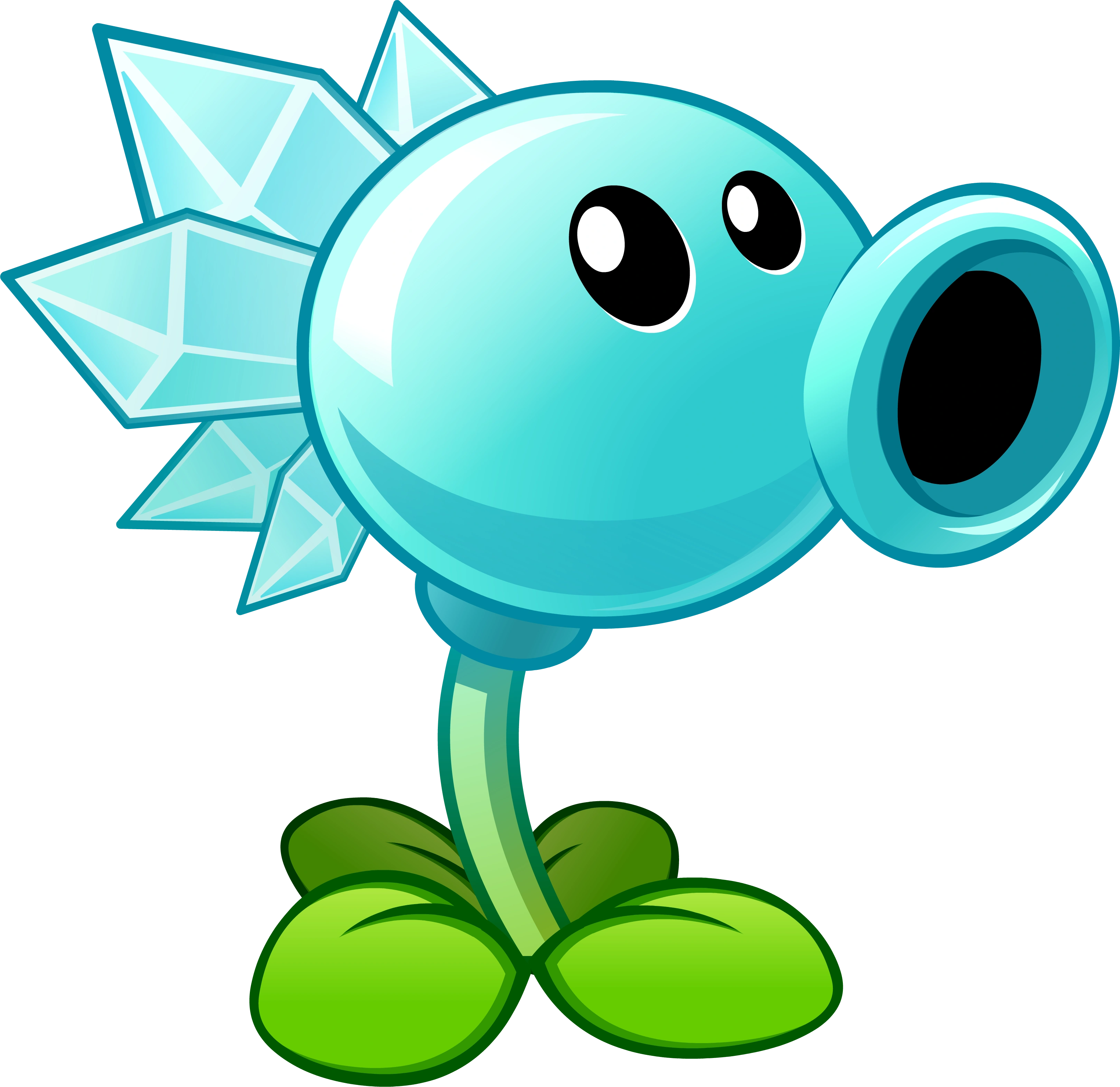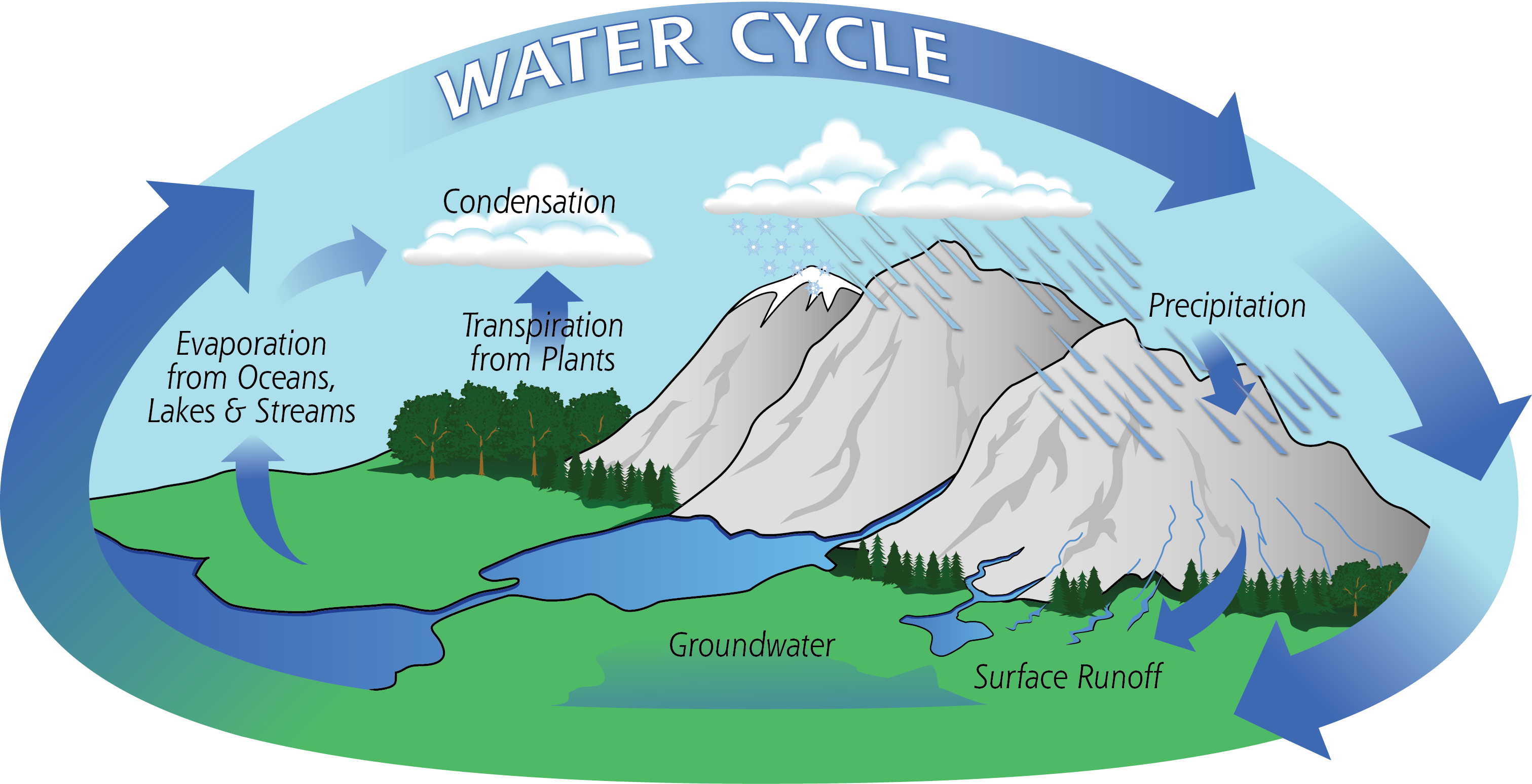| http://www.sunapeeschools.org/smhs/staff-directory/mr-baker/earth-science/earth-as-a-system |
Summary
There are two different types of layers on the earth: The Compositional layers and the Physical layer (aka Mechanical layers). The compositional layers are composed of The crust, Mantle, and Core. The physical layers consist of the lithosphere, asthenosphere, mesosphere, outer core, and inner core. The compositional layers (in my opinion) are easier to remember and that is why we learn them first. But the Physical layers directly describe what that layer is like.
S&EP
I constructed physical, mental or conceptual models to represent and understand phenomena when I took starburst and cut it up to simulate weathering. Then I took the "sediment" and squished it into sedimentary rock. Then I put it in a bag and added heat and pressure to make it like marble. From there I melted it. Then when it hardened it was like igneous rock. This was to simulate the rock cycle.
XCC
I believe than it is cause and effect because plates turn and press and that creates earth quakes and mountains and fissures. Earthquakes can also cause volcanic eruptions because some earthquakes are caused by magma not tectonic plates, and those might cause volcanic eruptions.






